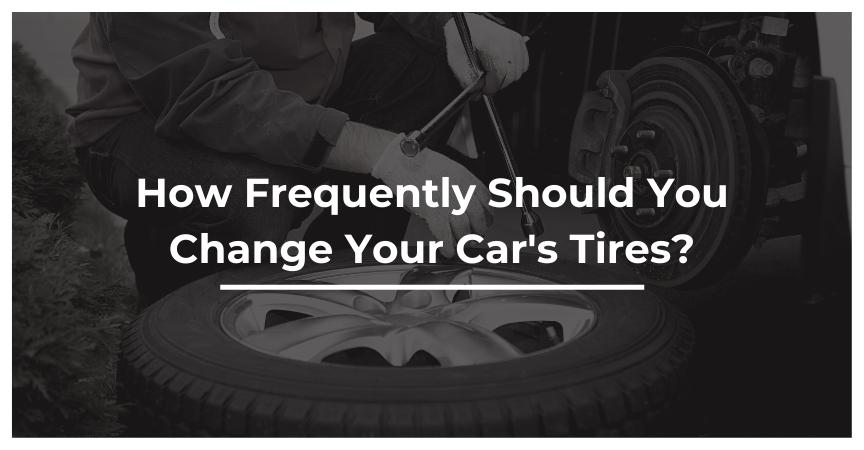Car owners often wonder how frequently they need to change their vehicle’s tires. Regular maintenance is necessary to ensure that a vehicle is in good condition and safe to drive. Changing tires can go a long way in preventing an unexpected blowout or dangerous situation.
There are many different answers for how often you should change your car’s tires. In these situations, it is important to defer to the guidance in your vehicle’s user manual and look out for common signs of damage, such as unusual vibrations.
Why Worn or Aging Tires Are Dangerous
Replacing your tires is more than preserving your car’s aesthetic value or being a responsible car owner. Tires are an extremely important component of your vehicle and could heighten the chances of an accident if they are worn or damaged.
Aging tires can make it difficult to stop or brake on demand. You may be at a higher risk of blowouts, which could strand you in the middle of nowhere or cause you to collide with another car. Additionally, old, worn tires do not have good road grip, which could cause you to spin out of control and crash.
Signs That You Should Replace Your Tires
Generally, the older and the more worn your tires are, the sooner that you should replace them Experts generally recommend that you change your tires when you reach between 25,000 to 50,000 miles on them. However, you should refer to your vehicle’s manual for more guidance.
There are several signs that you should replace your tires, including the following.
- Tread Wear: Generally, new tires have a tread of 9/32” to 11/32”. When the tire is worn down to 2/32” or less, you should replace your tires as soon as possible.
- Bubbles or Bulges: If your tire has any bulges or bubbles on the surface, it is very likely that the tire has suffered damage. You should replace a tire immediately if you notice any bulges.
- Vibrations: When a tire has been worn down, you may start to feel unusual vibrations while driving. These vibrations usually come through the steering wheel.
- Visible Damage: Tires that have cracks, cuts, embedded nails or stones, abnormal wear patterns, or any other signs of visible damage may be dangerous to drive. It is important to replace a tire immediately in these situations.
What to Do After an Unexpected Car Accident
Replacing your tires regularly can help keep your vehicle in good condition and safeguard you against accidents. However, not all drivers are responsible. An unexpected accident can happen at any time due to worn or aging tires, putting you and your passengers at risk.
If you are involved in a car accident, it is important to remain calm and seek help. Call 911 immediately and report the accident to law enforcement. Go to the hospital and receive treatment for any injuries that you sustained. If you are able, take photographs or videos of the accident scene and collect information from the other driver and any witnesses.
Once you receive the treatment that you need, contact a Bakersfield car accident lawyer to discuss your legal options. An attorney can help you recover the compensation that you need to pay for medical care, lost wages, property repairs, and more.
